Pruning Palm Plants: Tips On Cutting Back A Palm Tree
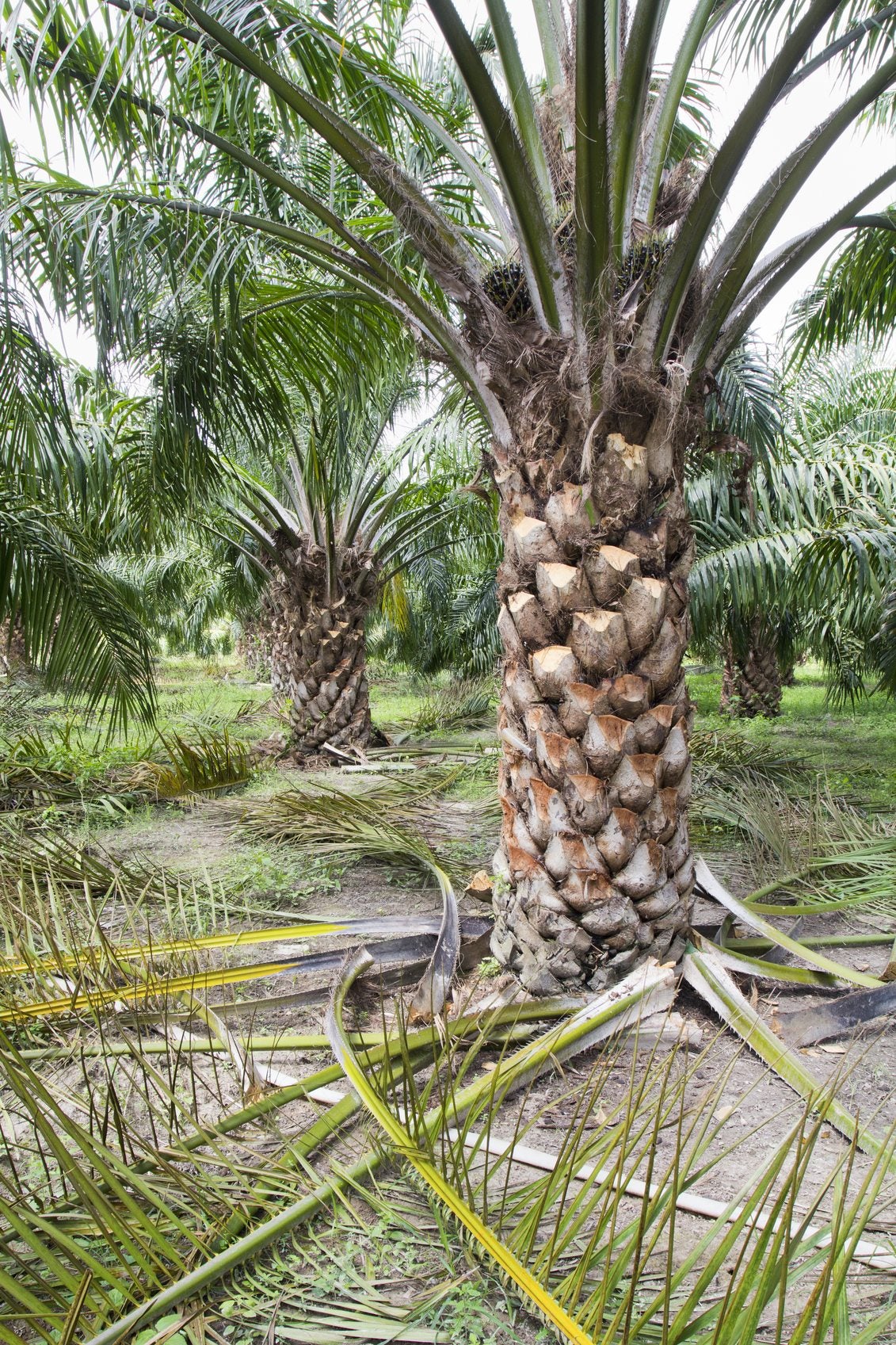

Cutting back a palm tree will not make it grow faster. This myth has caused gardeners to do extensive palm tree pruning that doesn’t help and can hurt the tree. Pruning palm plants, like any plant pruning, must be undertaken carefully. If you want to know how and when to prune a palm tree to make it stronger and healthier, read on.
Trimming a Palm Tree
Some experts recommend avoiding all palm tree pruning, but most suggest you avoid cutting too much or too often. When should you think about pruning palm plants? Think about cutting back a palm tree if you notice dead or dying fronds. Removing these fronds by pruning palm plants not only prevents breakage damage, but also eliminates nesting places for rats, scorpions, and other pests.
Another good reason to start trimming a palm tree is when it has become a fire hazard or visual hazard in your yard. If it blocks the views from your driveway or sidewalk, you’ll have to start palm tree pruning.
How and When to Prune a Palm Tree
Experts recommend that you wait until spring to prune your palm tree. Those dead fronds may be somewhat unattractive, but they will help protect the palm from summer’s heat and winter’s cold. Sterilize and sharpen your pruning tools before you begin.
Generally, you’ll need pruners, garden knives, and pruning saws when you are trimming a palm tree. Wear safety glasses and protective gloves, as well as heavy pants and a shirt with long sleeves. Remove any hanging, dead or unhealthy fronds. All dry, wilted, or diseased fronds should be removed.
On the other hand, when you are pruning palm plants, don’t think you need to prune green, healthy fronds. There is no biological reason to do so and it can stress the tree. Be sure not to remove green fronds growing horizontally or pointing up.
What to Avoid When Cutting Back a Palm Tree
When cutting back a palm tree, don’t remove most of the fronds. Some gardeners make the mistake of doing this every year, and the tree becomes weak and unhealthy. In fact, leave as many green fronds as you possibly can on the palm. Palms need many green fronds to produce a steady food supply so that the plant can grow.
Gardening tips, videos, info and more delivered right to your inbox!
Sign up for the Gardening Know How newsletter today and receive a free copy of our e-book "How to Grow Delicious Tomatoes".
A palm tree cannot stay healthy and build reserves without a considerable number of green fronds. And resist the urge to start pruning palm plants for cosmetic reasons. Pruning them into pineapple shapes or skinning their trunks weaken the trees.

Teo Spengler is a master gardener and a docent at the San Francisco Botanical Garden, where she hosts public tours. She has studied horticulture and written about nature, trees, plants, and gardening for more than two decades. Her extended family includes some 30 houseplants and hundreds of outdoor plants, including 250 trees, which are her main passion. Spengler currently splits her life between San Francisco and the French Basque Country, though she was raised in Alaska, giving her experience of gardening in a range of climates.
-
 Looking For Plants To Give You The Soft And Fuzzies? Try These 5 Fuzzy Leaf Plant Options
Looking For Plants To Give You The Soft And Fuzzies? Try These 5 Fuzzy Leaf Plant OptionsLovers of texture, drama, silver foliage and tactile plants will adore these special sensory garden additions. These fuzzy leaf plant options will leave you all aglow
By Susan Albert
-
 Get Ready For A Summer Of Hummers! Grow These Full Sun Hummingbird Plants and Flowers
Get Ready For A Summer Of Hummers! Grow These Full Sun Hummingbird Plants and FlowersIf you’re lucky enough to enjoy a sunny backyard, make sure you are maxing out on your pollinator opportunities and grow these full sun hummingbird plants and flowers
By Tonya Barnett
-
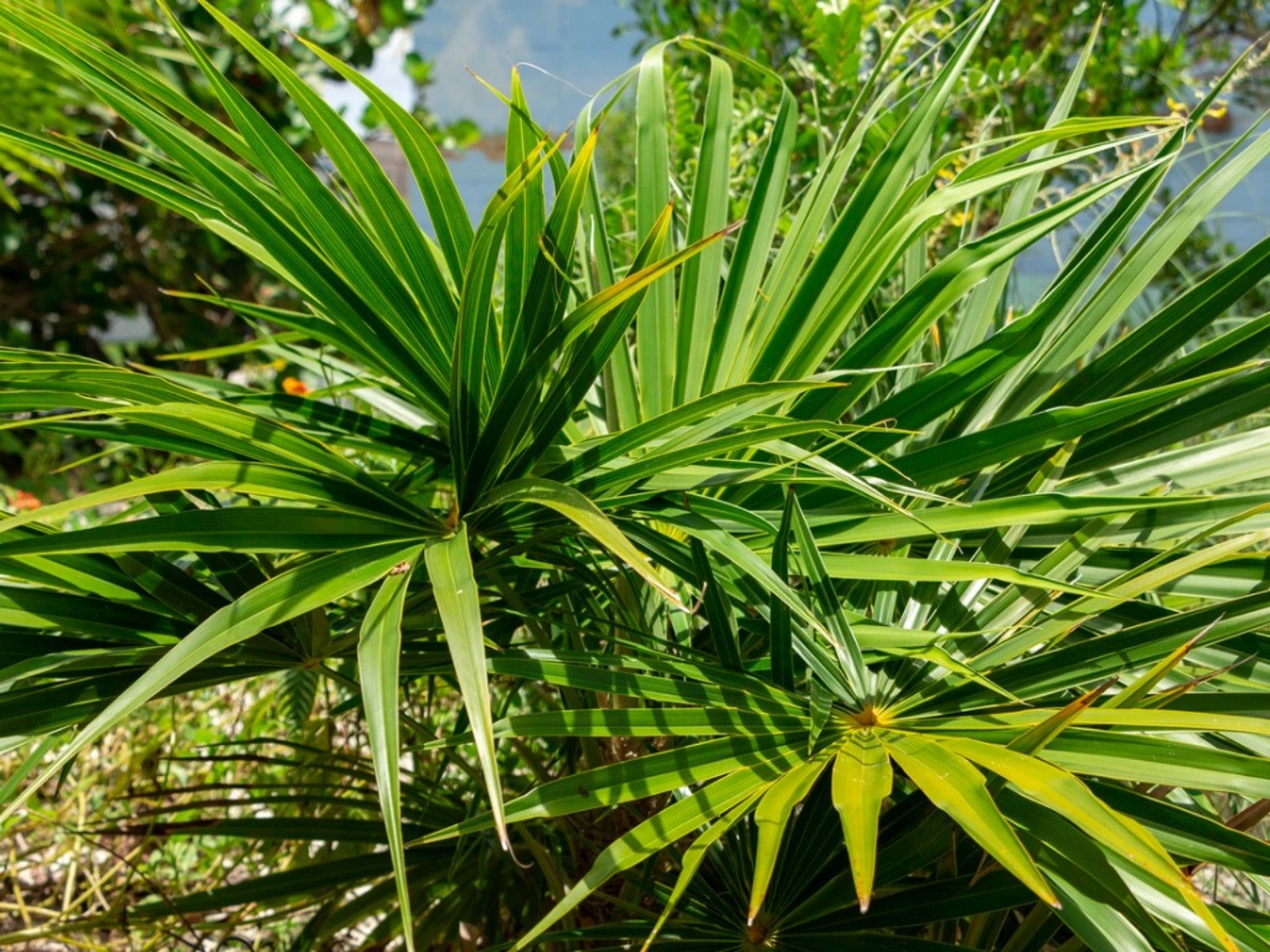 Florida Thatch Palm Facts – How To Grow Florida Thatch Palm Trees
Florida Thatch Palm Facts – How To Grow Florida Thatch Palm TreesGrowing Florida thatch palms is not difficult in the right climate. If these trees interest you, read on for more Florida thatch palm facts.
By Teo Spengler
-
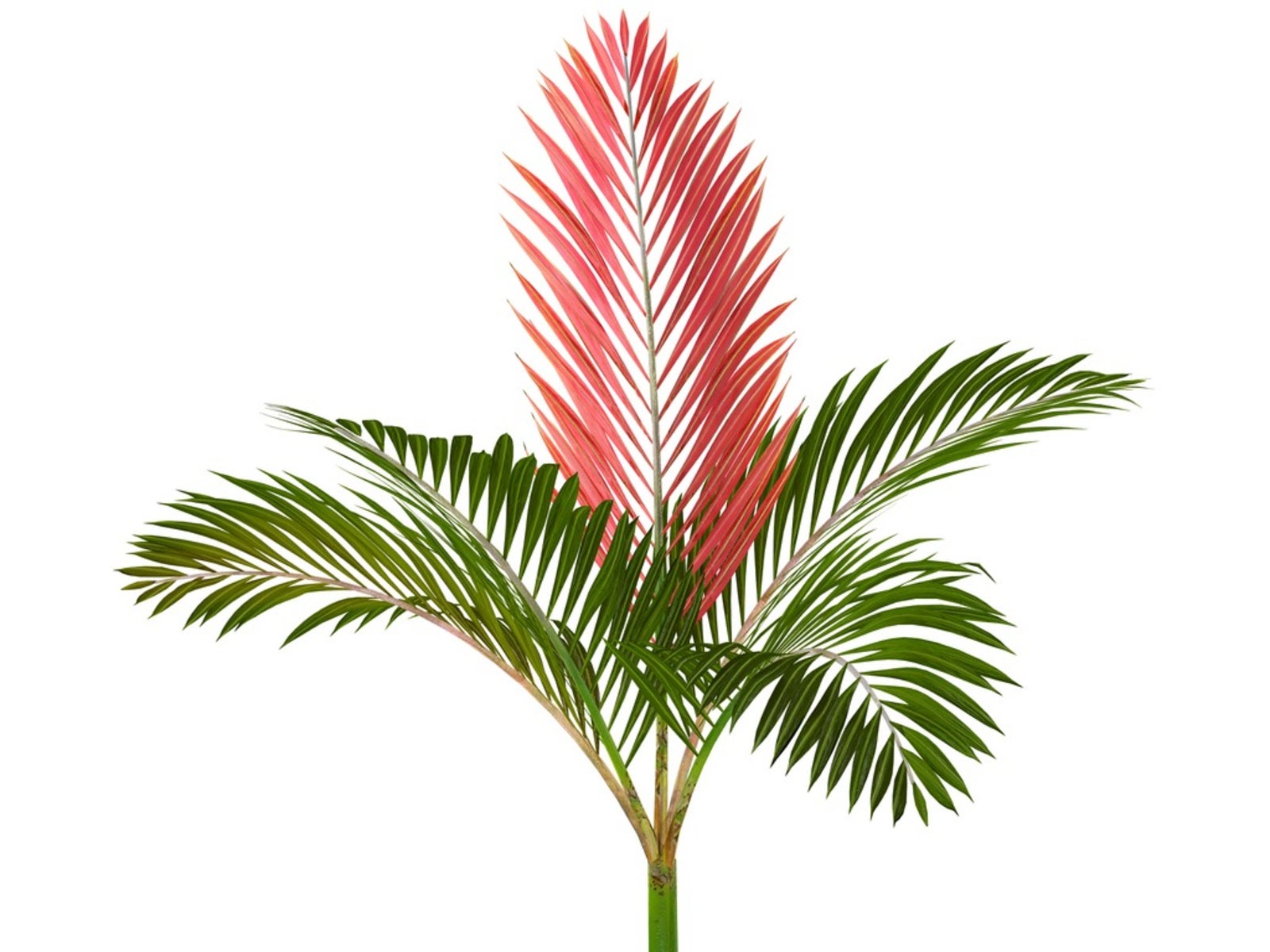 Red Leaf Palm Information – Learn About Growing Flame Thrower Palms
Red Leaf Palm Information – Learn About Growing Flame Thrower PalmsRed leaf palms are exotic and beautiful trees with leaves that grow in scarlet. If you’re thinking of growing these trees, click here for more information on red leaf palm care.
By Teo Spengler
-
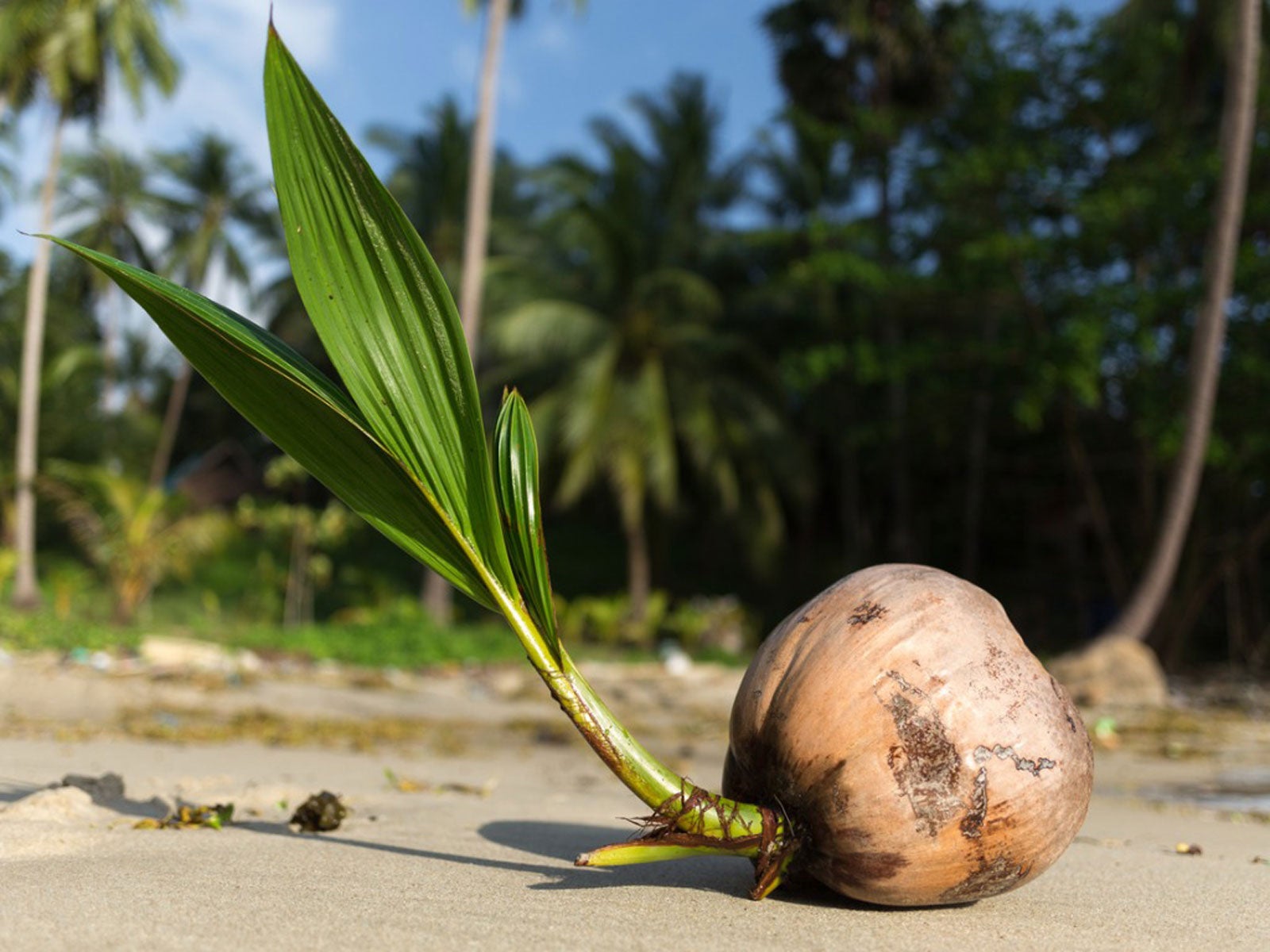 Palm Tree Seed Germination: What Does A Palm Tree Seed Look Like
Palm Tree Seed Germination: What Does A Palm Tree Seed Look LikePalm tree seed germination is not a matter of weeks but months or even years. Click here for more information on growing palms from seed.
By Teo Spengler
-
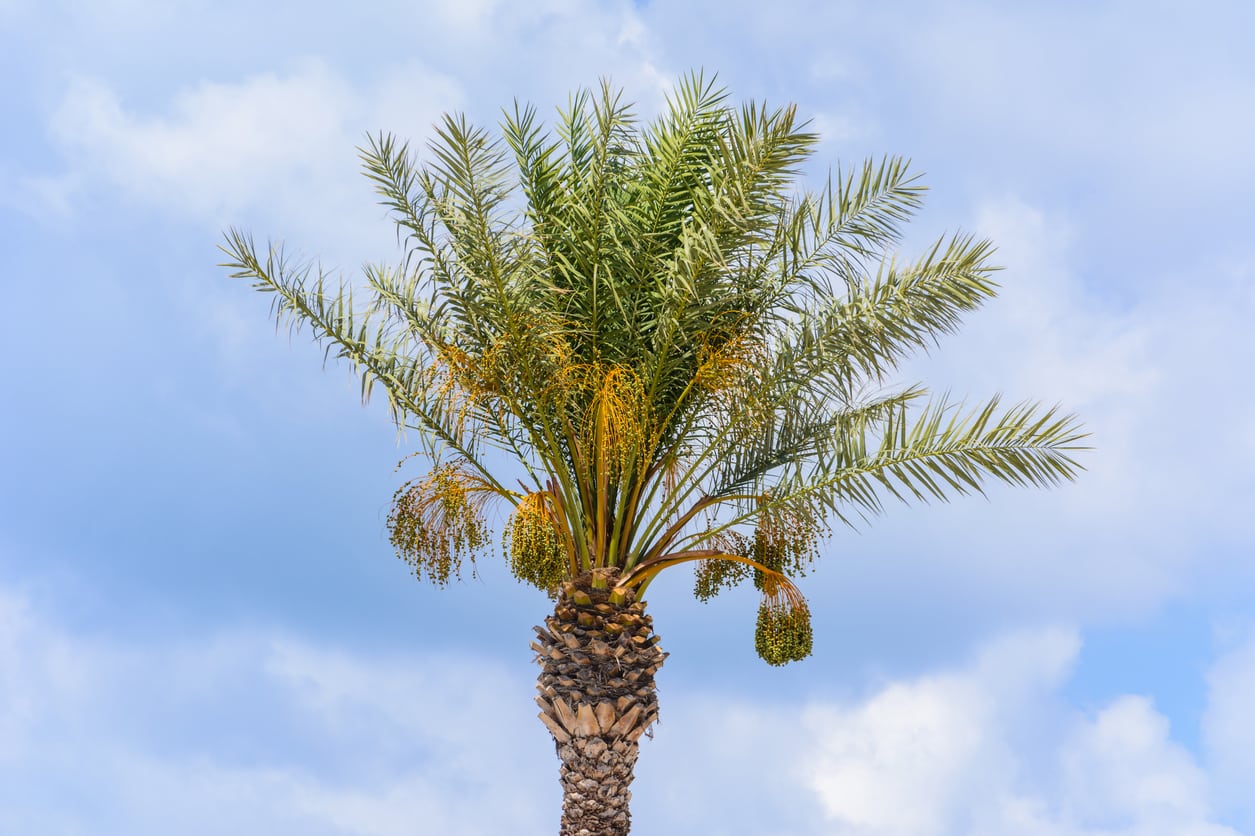 Feeding A Palm Tree: Learn How To Fertilize Palms
Feeding A Palm Tree: Learn How To Fertilize PalmsPalm trees are planted as specimen plants for their exotic, tropical look. However, palm trees have high nutritional demands and the calciferous, sandy soil they’re normally grown in cannot always accommodate these needs. Click here to read more about fertilizing palm trees.
By Darcy Larum
-
Pink Rot On Palms: Tips For Treating Palms With Pink Rot Fungus
Pink rot fungus is a palm tree disease that infects damaged or weakened palms. Like many fungi, it is easier to prevent than it is to treat. Here are some tips on dealing with pink rot on palms. Click this article to learn more.
By Jackie Carroll
-
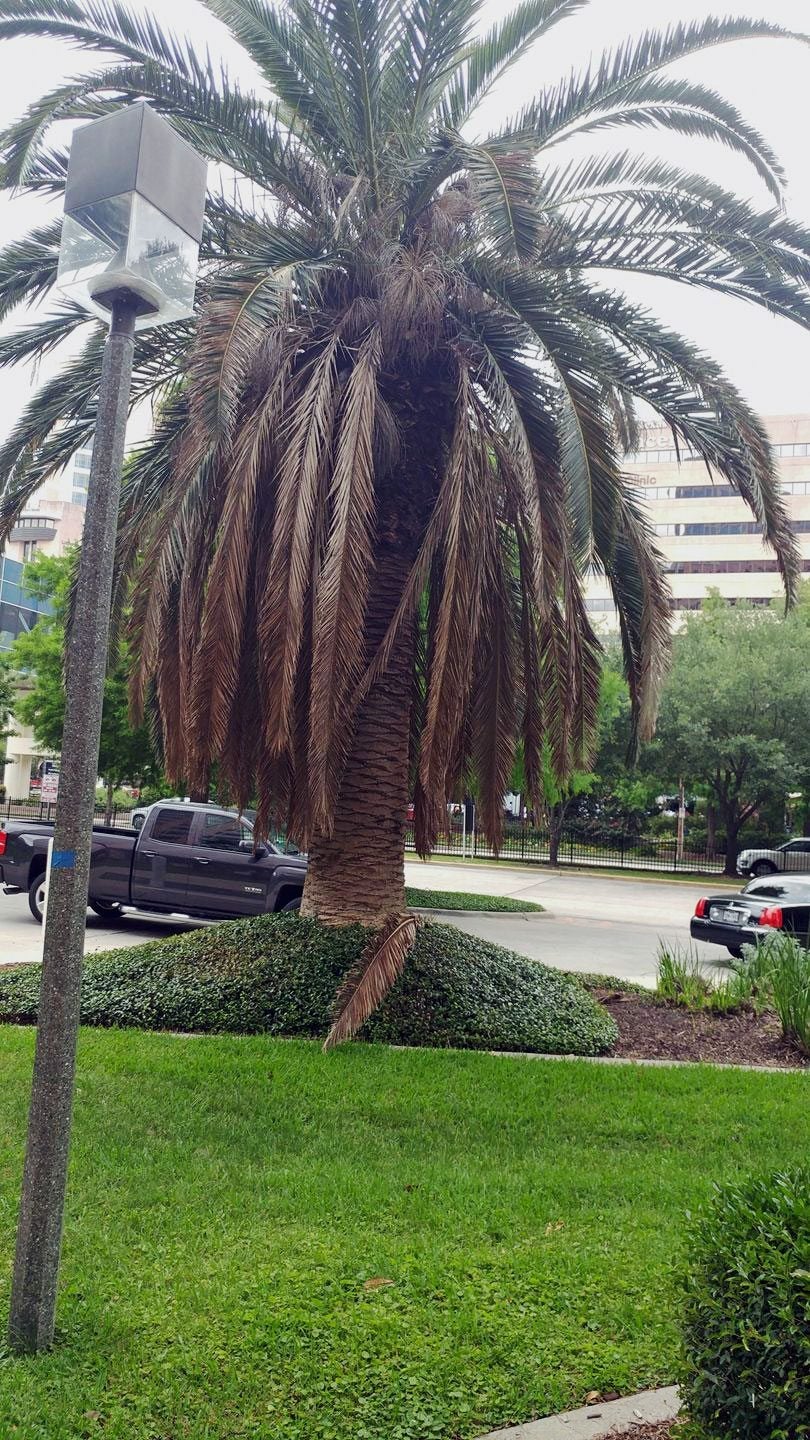 Palm Tree Dropping Fronds: Can You Save A Palm Tree Without Fronds
Palm Tree Dropping Fronds: Can You Save A Palm Tree Without FrondsThere are a number of reasons for palm tree fronds falling off, from natural "cleaning" to damaging cultivation, disease, and pest issues. If there are no fronds on a palm tree, the plant may be in real trouble but it is possible to still save it. Learn more here.
By Bonnie L. Grant
-
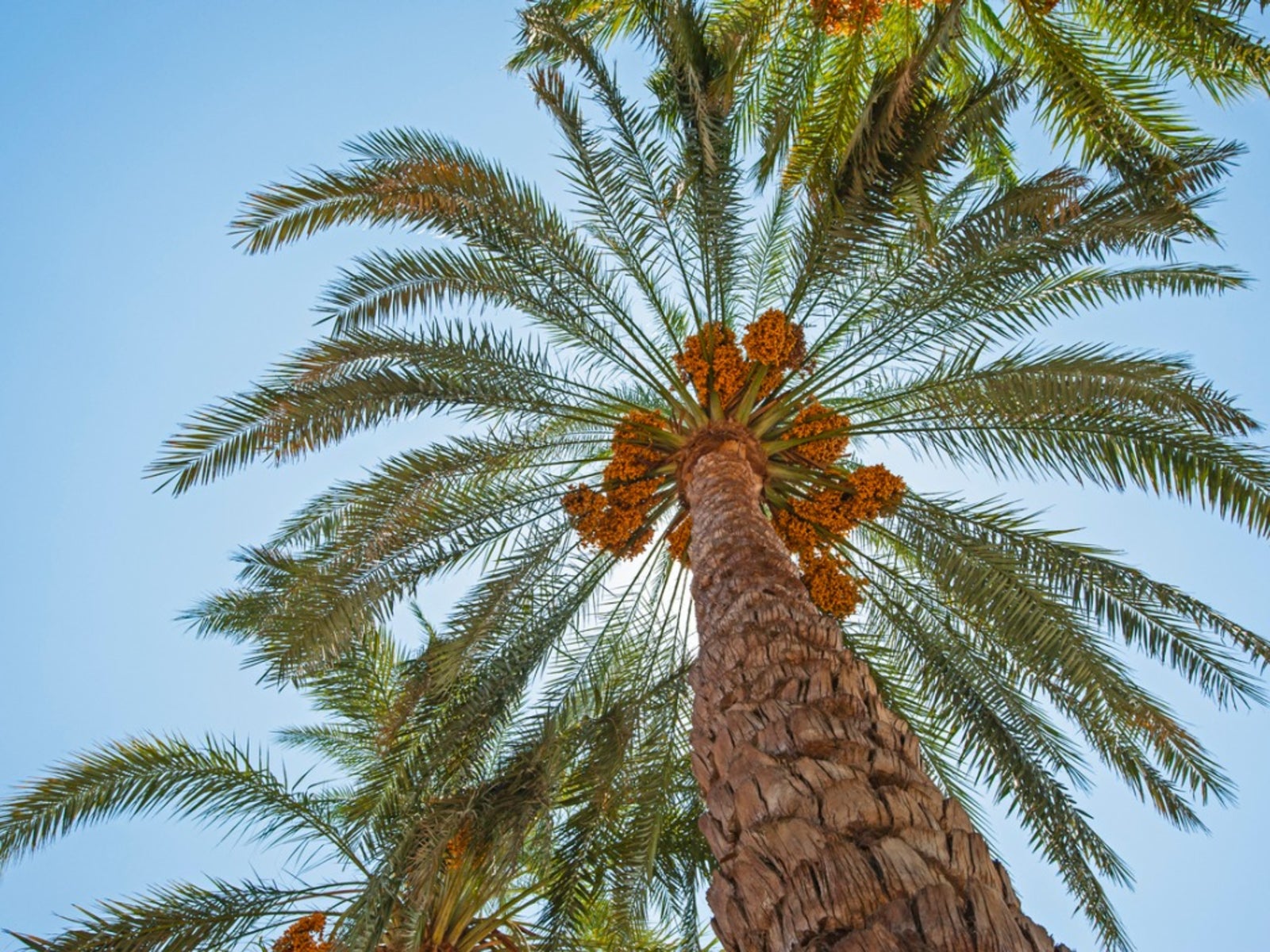 What Is Lethal Yellowing Disease: Learn About Lethal Yellowing Of Palms
What Is Lethal Yellowing Disease: Learn About Lethal Yellowing Of PalmsLethal yellowing is a tropical disease that affects several species of palm. This disfiguring disease can devastate landscapes in South Florida that rely on palms. Find out about lethal yellowing treatment and detection in this article.
By Jackie Carroll
-
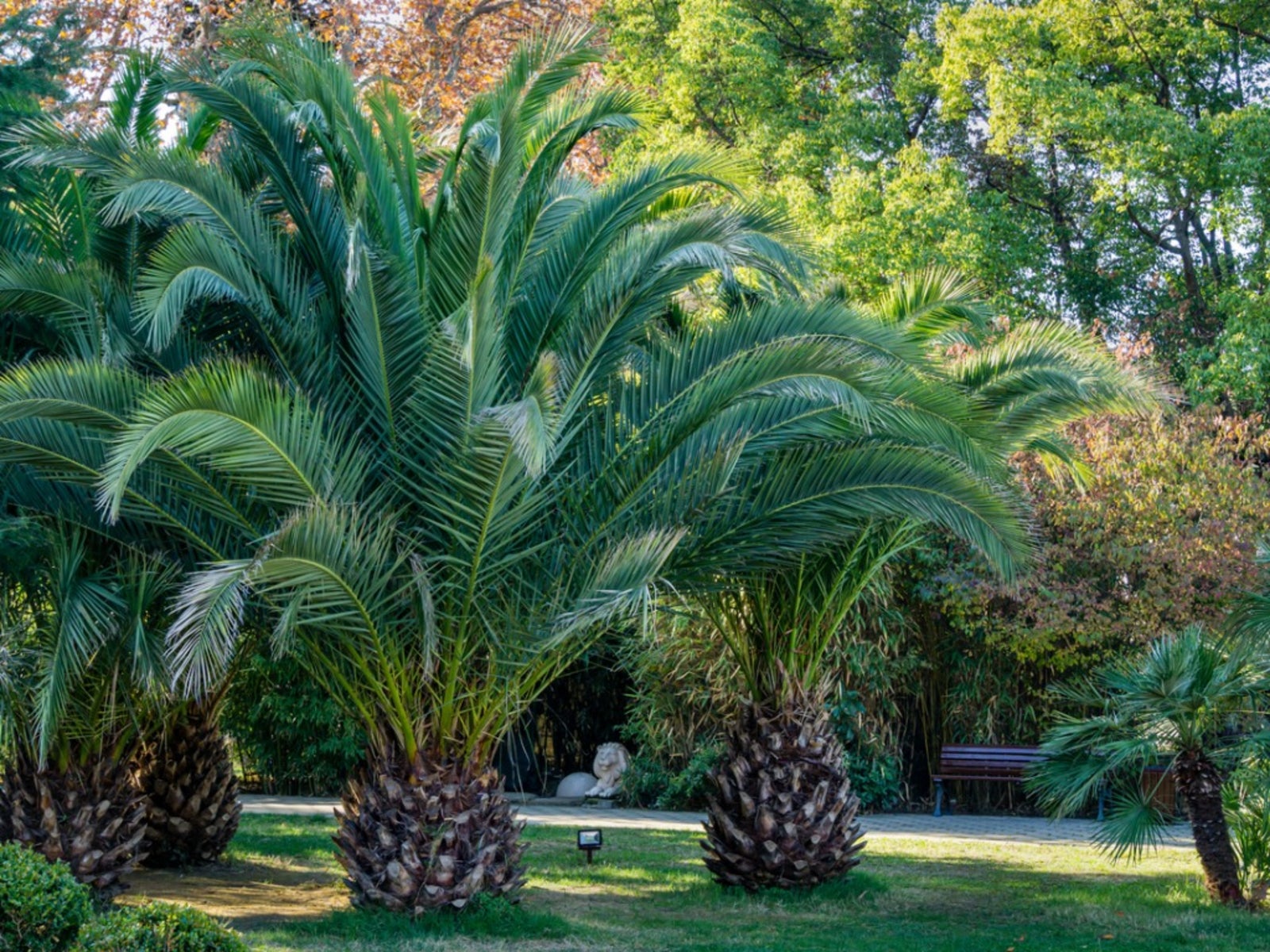 Palm Tree Fusarium Wilt: Learn About Fusarium Wilt Treatment For Palms
Palm Tree Fusarium Wilt: Learn About Fusarium Wilt Treatment For PalmsFusarium wilt is a common disease of ornamental trees and shrubs. Palm tree Fusarium wilt comes in different forms but is recognizable by similar symptoms. This article will help with its identification and treatment.
By Bonnie L. Grant